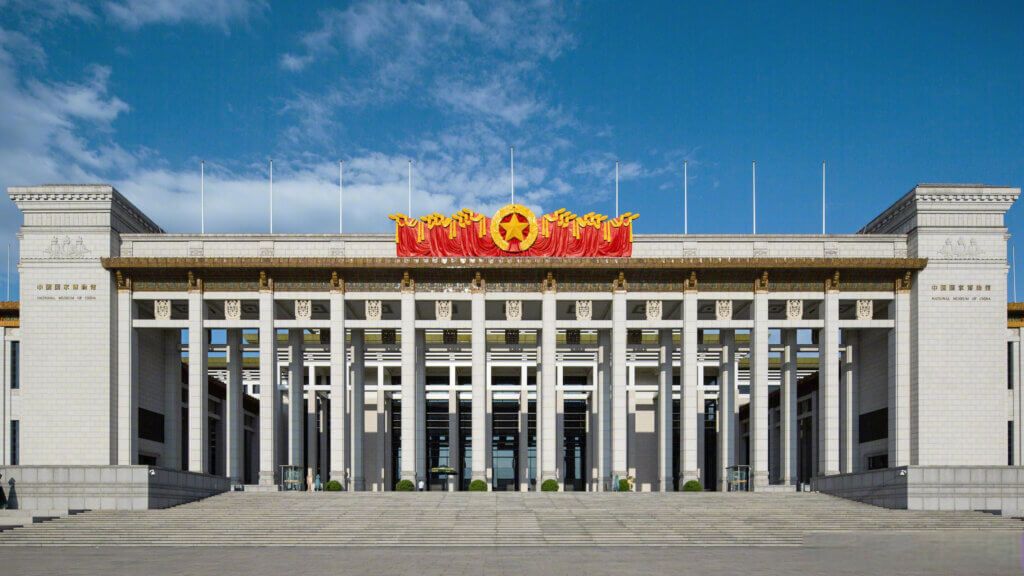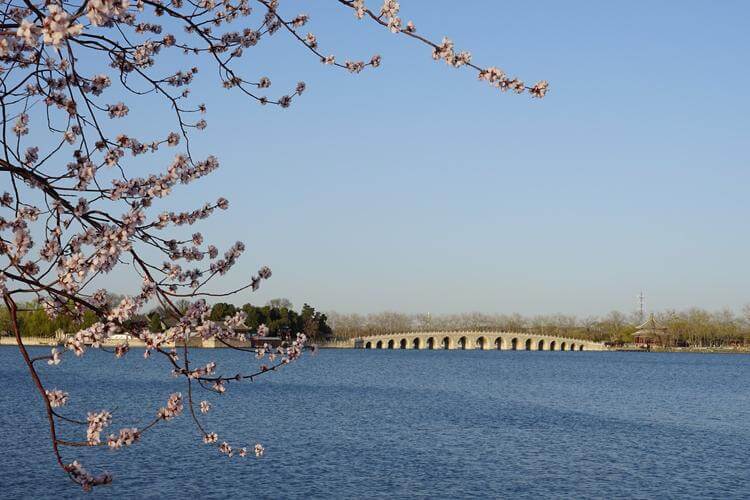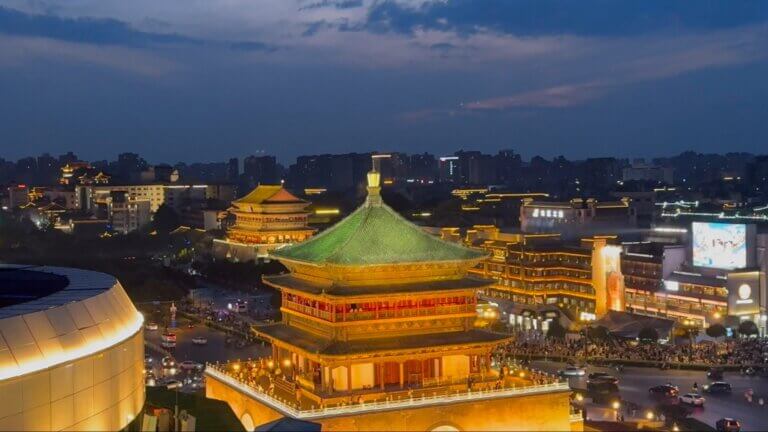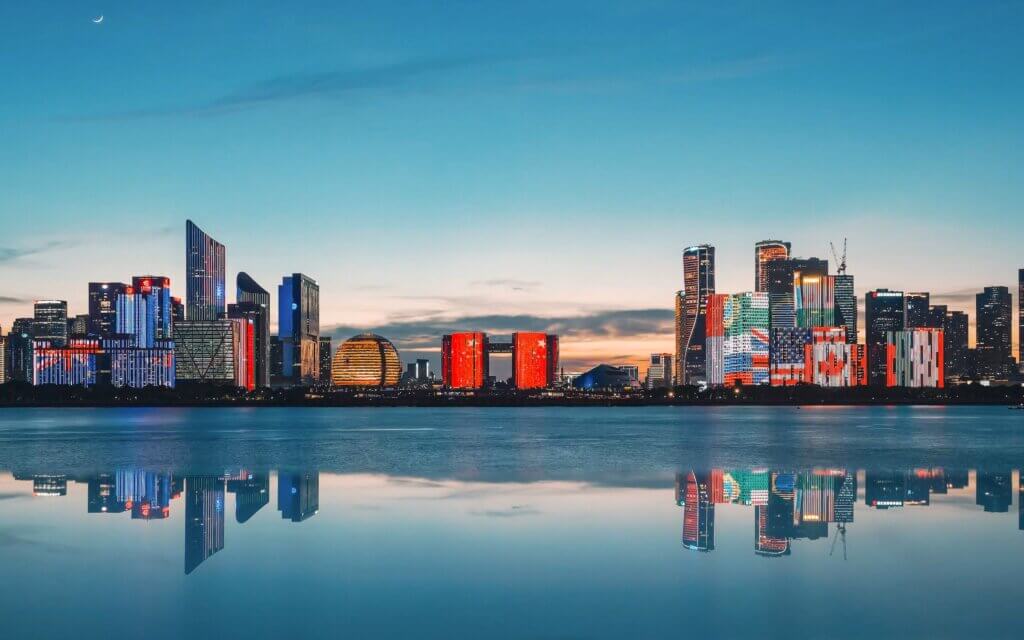China, a country rich in history and culture, is home to some of the world’s most fascinating museums. so,what is China’s Top 5 Museums? I had the privilege of exploring these cultural treasures, and I’m excited to share my experiences with you. In this article, we’ll introduce you to the top 5 museums in China, design a travel itinerary to visit China’s Top 5 Museums , and provide essential tips for you.

1. The Top 5 Museums in China
1.1 The Palace Museum, Beijing
The Palace Museum, also known as the Forbidden City, is a must-visit for anyone interested in Chinese history. Located in the heart of Beijing, this UNESCO World Heritage Site was the imperial palace for 24 emperors during the Ming and Qing dynasties. The museum houses over 1.8 million artifacts, including ancient ceramics, paintings, and imperial treasures.
1.2 The National Museum of China, Beijing
Situated on Tiananmen Square, the National Museum of China is one of the largest museums in the world. It offers a comprehensive overview of Chinese history, from ancient times to the modern era. Highlights include the “Road to Rejuvenation” exhibition, which chronicles China’s journey from the Opium Wars to the present day.
1.3 The Shanghai Museum, Shanghai
The Shanghai Museum is renowned for its extensive collection of Chinese art. Located in People’s Square, the museum’s exhibits include ancient bronzes, ceramics, calligraphy, and paintings. The museum’s architecture, designed to resemble an ancient Chinese ding (a type of ritual vessel), is also a sight to behold.
1.4 The Shaanxi History Museum, Xi’an
As the capital of 13 ancient Chinese dynasties, Xi’an is a city steeped in history. The Shaanxi History Museum offers a deep dive into the region’s rich past, with exhibits ranging from Neolithic pottery to Tang dynasty murals. The museum’s collection of terracotta warriors is particularly impressive.
1.5 The Nanjing Museum, Nanjing
The Nanjing Museum is one of China’s oldest and most comprehensive museums. It features a wide range of exhibits, including ancient artifacts, traditional Chinese paintings, and modern art. The museum’s highlight is its collection of Ming and Qing dynasty porcelain.
2. Designing Your China’s Top 5 Museums Tour Itinerary
To make the most of your visit to China’s top museums, we’ve designed a 10-day itinerary that covers all five museums, along with some of the country’s other cultural highlights.
Day 1-3: Beijing
- Day 1: Arrive in Beijing and visit the Palace Museum. Spend the day exploring the Forbidden City and its vast collection of imperial artifacts.
- Day 2: Head to Tiananmen Square and visit the National Museum of China. In the afternoon, explore the nearby Temple of Heaven.
- Day 3: Take a day trip to the Great Wall of China. Return to Beijing in the evening and enjoy a traditional Peking duck dinner.
Day 4-5: Shanghai
- Day 4: Fly to Shanghai and visit the Shanghai Museum. Spend the afternoon exploring the Bund and Nanjing Road.
- Day 5: Visit the Yu Garden and the Shanghai Urban Planning Exhibition Center. In the evening, enjoy a cruise on the Huangpu River.
Day 6-7: Xi’an
- Day 6: Fly to Xi’an and visit the Shaanxi History Museum. In the afternoon, explore the ancient city walls and the Muslim Quarter.
- Day 7: Take a day trip to the Terracotta Warriors and Horses Museum. Return to Xi’an in the evening and enjoy a traditional Shaanxi dinner.
Day 8-9: Nanjing
- Day 8: Fly to Nanjing and visit the Nanjing Museum. Spend the afternoon exploring the Sun Yat-sen Mausoleum and the Ming Xiaoling Mausoleum.
- Day 9: Visit the Confucius Temple and the Qinhuai River Scenic Area. In the evening, enjoy a traditional Nanjing duck dinner.
Day 10: Return Home
- Day 10: Fly back to your home country, taking with you unforgettable memories of China’s rich cultural heritage.
3. Tips for Visiting China’s Top 5 Museums
3.1 Booking Tickets in Advance
Most major museums in China require visitors to book tickets in advance, especially during peak tourist seasons. Tickets can usually be purchased online through the museum’s official website or through third-party platforms like Ctrip. Prices typically range from 10to10to20 per person.
3.2 Language Barriers
While many museums offer English signage and audio guides, it’s helpful to have a translation app or a bilingual guidebook. Some museums also offer guided tours in English, which can enhance your understanding of the exhibits.
3.3 Security Checks
Be prepared for security checks at the entrance of most museums. Large bags and backpacks may need to be checked, and some items, such as food and drinks, may not be allowed inside.
3.4 Respect Local Customs
When visiting museums in China, it’s important to respect local customs and etiquette. For example, avoid touching artifacts, and be mindful of noise levels, especially in quieter exhibits.
3.5 Dress Comfortably
Museums in China can involve a lot of walking, so wear comfortable shoes and dress in layers, as some exhibits may be cooler than others.
Conclusion
China’s top museums offer a fascinating glimpse into the country’s rich history and culture. By following our itinerary and tips, you can make the most of your visit and gain a deeper appreciation for China’s cultural heritage. Whether you’re a history buff, an art lover, or simply a curious traveler, these museums are sure to leave a lasting impression.






